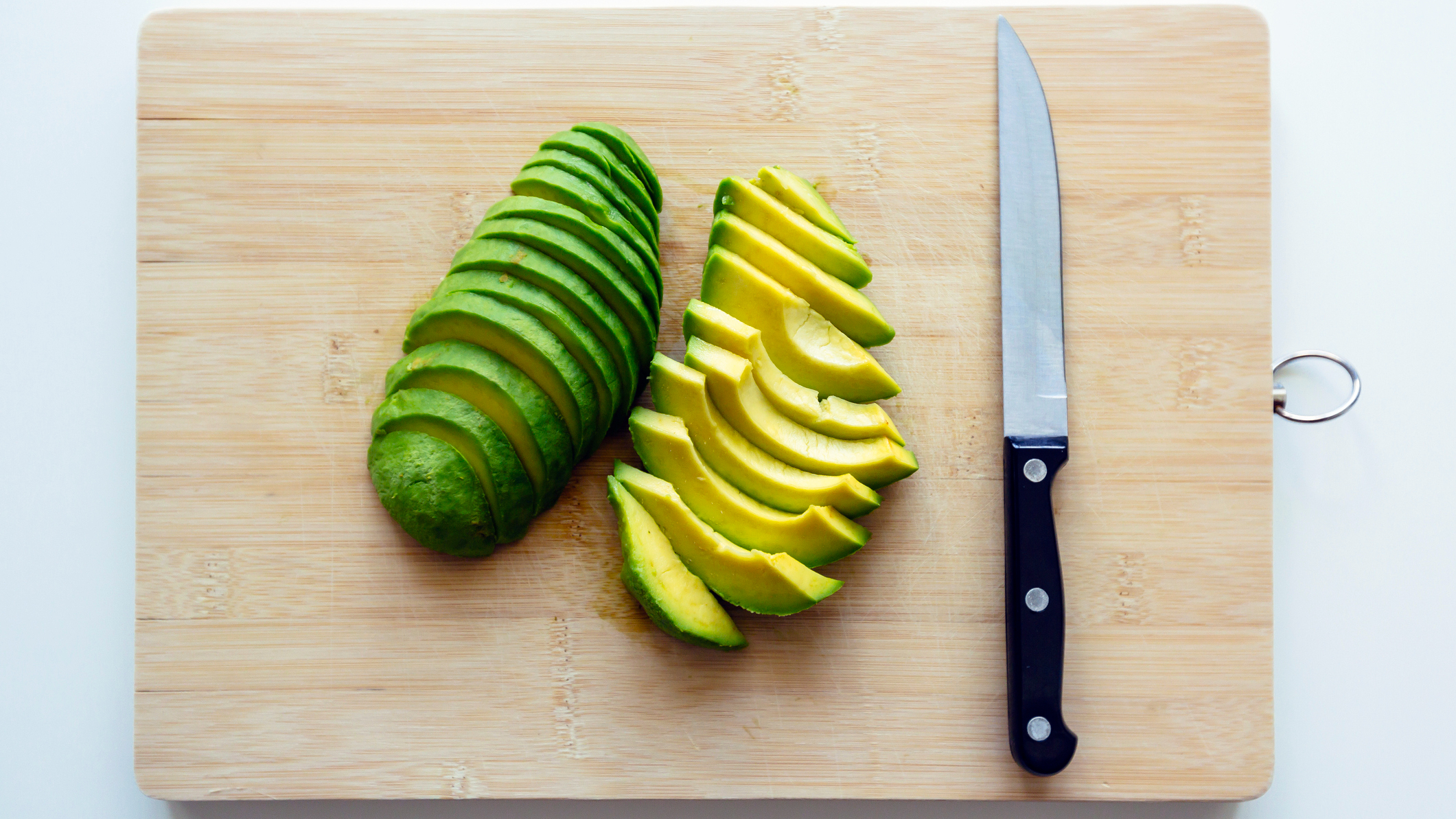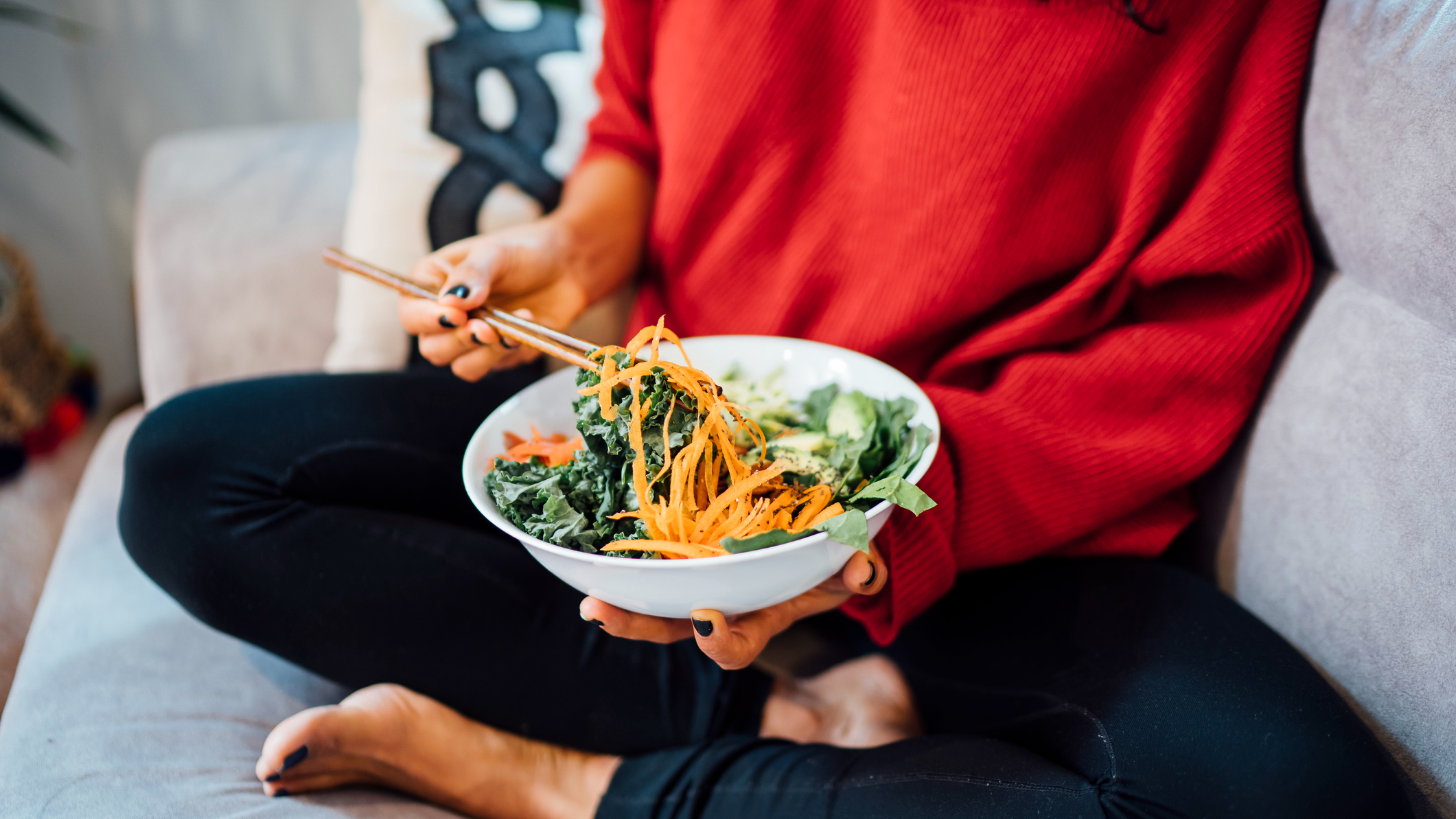What is the BRAT diet? Here are the right foods to eat and when you may need it
The BRAT diet can be an effective way to treat an upset stomach—but here's what you should know about the super-strict eating regime...


The BRAT diet has long been recommended to help those experiencing digestive problems and works by giving the gut a rest so the body can recover. After all, there are few things more miserable than suffering from an upset stomach. But, in addition to getting plenty of rest—be that in front of the TV, or by taking a bath—and drinking plenty of fluids, diet can have a big impact on our overall gut health.
This diet's odd name—BRAT—actually stands for bananas, rice, applesauce, and toast, however, fortunately, several more foods actually make the list. As this diet is so restrictive, the BRAT diet certainly isn't an eating regime to adopt for weight loss or long-term health—unlike the science-backed, longevity-bosting Mediterranean diet. Like other short-term diets, such as the Keto diet, this is a very temporary way of fuelling your body, while you get better from symptoms like vomiting and diarrhea. In need of a little digestive help? Read on to find out everything you need to know about what to consume, for how long, and the side effects to be aware of.
BRAT diet foods

Nutritionist Jenna Hope notes that the bananas, rice, applesauce, and toast—which feature as part of the acronym that makes up the diet's name—are indicative of the low fiber, plain foods which are recommended on this eating regime. "Others include cereals, crackers, and starchy vegetables such as potatoes," she explains. Tamara Willner, a nutritionist at Second Nature, adds, "These foods are all easy to digest, making it more likely you’ll be able to keep them down. They’re also considered ‘binding foods’—as they are low in fiber—and may help to stop diarrhea by binding stool together." This diet also does not permit the consumption of dairy, raw vegetables, meat, fish, as well as spicy, fatty, or fried foods, and caffeine or alcohol.
"The BRAT diet was originally designed to help treat children with gastrointestinal symptoms," says Hope. Additionally, it has been recommended for people who have or are recovering from a stomach virus or food poisoning, as a way of reintroducing foods or getting sufficient energy during illness. "It is only supposed to be utilized for a short period of time," she adds. "However, is no longer used as a routine treatment and can be dangerous if used in excess." Additionally, it is certainly not intended to be used for weight loss, which should always be done in a healthy and sustainable manner.
BRAT diet foods list
- bananas
- rice
- applesauce
- toast
- crackers
- cooked cereals, like oatmeal or cream of wheat
- weak tea
- apple juice or flat soda
- broth
- boiled or baked potatoes
The BRAT diet—are there any health benefits?

"Despite being used by doctors, there is a lack of research on the health benefits of the BRAT diet," says Josie Porter, Doctify-reviewed dietitian at The Gut Health Clinic. "But when we look at the foods included in eating regime individually, there is some evidence that these may improve recovery or symptoms from gut-related issues and help improve gut health in the short term. For example, bananas are high in potassium and magnesium, broths are high in sodium, and yogurts and kefir are high in calcium. These are all electrolytes that are lost when we are sick, so it makes sense to replace these. We also know that alcohol, caffeine, spicy, fatty, or fried foods can irritate the gut, so avoiding these while experiencing gut issues may help.
"Additionally, they’re high in carbohydrates which are easily broken down into sugar in our bodies and act as a good source of energy, which is important when fighting off an illness, especially if we’ve been without food for a couple of days prior due to feeling really poorly." However, Hope notes that while some may find that this diet can help to settle short-lived gastrointestinal discomfort, those who are suffering long-term gut health symptoms should contact their doctor.
Are there any downsides to the BRAT diet?

"An extremely restricted diet such as this does not contain all the nutrients that the body needs to thrive," warns Daisy York, nutritionist, and co-founder of wellbeing platform Aegle. "It may be a useful protocol when things are dire—like when fighting off a ‘tummy bug’, as well as experiencing nausea and vomiting—but the body needs more to adequately repair and protect itself. For chronic and longer-lasting gastrointestinal symptoms, you are best advised to seek medical attention so that you get to the root cause of the problem."
Sign up to our free daily email for the latest royal and entertainment news, interesting opinion, expert advice on styling and beauty trends, and no-nonsense guides to the health and wellness questions you want answered.
It's important to note, again, that the BRAT diet should never be used for weight loss. "It’s very restrictive and low in fiber which poses a risk of nutritional deficiency and poor gut health if it’s followed for a prolonged period of time," explains Hope. For this reason, you'll soon find that you don't feel too great. Gut health and anxiety have been strongly linked by health experts, not to mention the negative effect a lack of fiber can have on digestive health.
"The diet is high in simple carbohydrates," says Willner. "This wouldn’t be ideal to follow in the long term and could lead to large peaks and troughs in blood sugar levels. We usually notice this in our bodies as slumps in energy levels and cravings for more high-carb foods, creating a cycle of eating and cravings. Over time this can result in overeating and weight gain."
Willner adds that, since the diet is also very low in protein (including vegan protein), as well as fiber, it could have serious impacts on our health when followed long term. "We need protein for many essential bodily processes, including helping our body repair cells and make new ones—without enough protein, we can see muscle wasting, fluid retention, and an increased risk of getting ill due to the critical role protein plays in our immune system," she explains. "Additionally, fiber makes us feel fuller for longer, which reduces our likelihood of overeating and has many other health benefits, including reducing our risk of heart disease."
Another long-term side effect is the impact on our gut health. "This plays many roles in our health, including hosting our immune system, mood, metabolism, digestion, and much more," says Porter. "We need to feed our bacteria a range of plant-based, fibrous foods to help them thrive. The BRAT diet does not allow this, so it is crucial for anyone following this diet to ensure they return to a varied, balanced diet as soon as possible." You may also find taking prebiotics and fuelling up on ancient grains could be helpful.
w&h thanks nutritionist Jenna Hope, Tamara Willner, nutritionist at NHS-backed eating plan Second Nature, Josie Porter, Doctify-reviewed dietitian at The Gut Health Clinic, and Daisy York, nutritionist, and co-founder of Aegle, for their time and expertise.

Lauren is a freelance writer and editor with a decade of print and digital journalism experience. While she specialises in covering health and wellness topics - ranging from nutrition and fitness, to women’s health conditions and mental wellbeing - she has written across a diverse range of lifestyle topics, including fashion, beauty, homes, royals and travel.
In addition to writing for Woman & Home and sister title Homes & Gardens, Lauren's work has also been published by Women’s Health, The Times, Daily Telegraph, Elle, Cosmopolitan, The Guardian, Marie Claire, Body + Soul, Stylist, Glamour, Grazia, Red, Dazed Digital, Yahoo Life, The Sun’s Fabulous, Get The Gloss and Hello! among others.